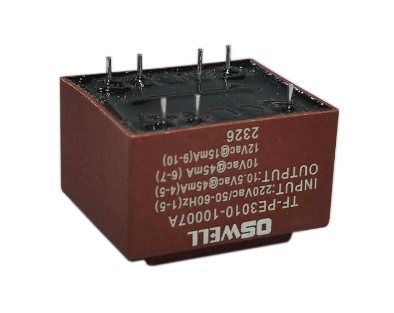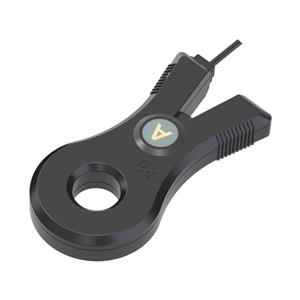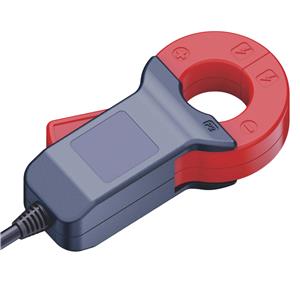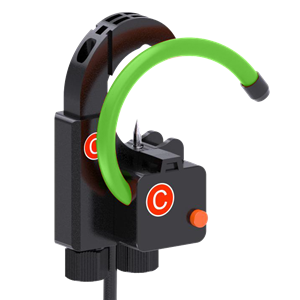High Frequency Transformer Noise Reduction Techniques
High frequency transformers play a crucial role in various electronic devices and power systems, facilitating the efficient conversion and transmission of electrical energy. However, the high-frequency operation of these transformers can often lead to the generation of audible noise, which can be undesirable in many applications. This article explores various techniques to reduce noise levels in high frequency transformers, ensuring optimal performance and user comfort.

1. Core and Winding Design Optimization:
The design of the transformer core and windings significantly impacts noise levels. By optimizing the core geometry, such as using stepped cores or utilizing distributed air gaps, the magnetic flux distribution can be improved, reducing magnetostriction-induced vibrations and subsequent noise generation. Additionally, carefully designing the winding structures to minimize mechanical stresses and vibration can help reduce acoustic emissions.
2. Noise-Reducing Materials:
The selection of materials for the transformer core and windings can also influence noise levels. Utilizing low-noise core materials, such as amorphous or nanocrystalline alloys, with reduced magnetostriction and hysteresis losses can effectively mitigate noise generation. Moreover, employing insulated wire with low mechanical resonance characteristics for the windings can further reduce acoustic emissions.
3. Damping Techniques:
Implementing damping techniques can effectively attenuate vibrations and noise in high frequency transformers. The application of vibration-damping materials, such as rubber or silicone pads, between the core and mounting surface can help absorb mechanical vibrations and reduce noise transmission. Additionally, integrating internal damping structures within the transformer assembly can further dampen vibrations and minimize noise levels.
4. Shielding and Encapsulation:
Shielding the transformer assembly with a magnetic or conductive shield can significantly reduce electromagnetic interference (EMI) and noise emission. By containing the magnetic flux within the transformer core and windings, the propagation of electromagnetic fields and associated noise can be limited. Furthermore, encapsulating the transformer in a noise-absorbing material, such as resin or rubber, can provide additional acoustic insulation and reduce audible noise levels.
5. Advanced Manufacturing Techniques:
Adopting advanced manufacturing techniques, such as precision machining and automated assembly processes, can enhance the overall quality and performance of high frequency transformers, leading to reduced noise levels. Ensuring precise alignment of core components, accurate winding placement, and tight mechanical tolerances can minimize mechanical stresses and vibrations, thereby decreasing noise emissions.
6. Simulation and Testing:
Utilizing simulation software, such as finite element analysis (FEA) and acoustic modeling tools, can aid in predicting and optimizing noise levels in high frequency transformers during the design phase. Conducting rigorous noise testing and validation assessments on prototype transformers can further validate the effectiveness of noise reduction techniques and ensure compliance with noise regulations and standards.
Conclusion:
Noise reduction in high frequency transformers is essential to maintain optimal performance and user satisfaction in various electronic applications. By implementing core and winding design optimization, utilizing noise-reducing materials, applying damping techniques, implementing shielding and encapsulation, adopting advanced manufacturing processes, and conducting simulation and testing, designers can effectively mitigate noise emissions and enhance the overall quality of high frequency transformer systems. These techniques not only improve the acoustic performance of transformers but also contribute to a quieter and more efficient operation of electronic devices and power systems.




